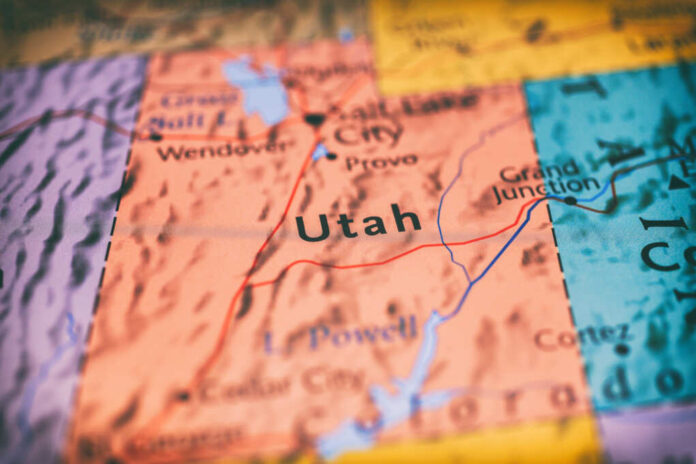
A swarm of more than a dozen small earthquakes has struck a Utah town sitting atop the Wasatch Fault, prompting renewed warnings from experts about the potential for a much larger seismic event.
At a Glance
- A series of small earthquakes has shaken a Utah town located on the Wasatch Fault
- The fault is capable of producing magnitude 7.0+ earthquakes and is considered overdue
- Seismic experts are urging residents to prepare for a possible major quake
- Utah’s Wasatch Front is home to over 80% of the state’s population
- A significant quake could cause widespread infrastructure damage and economic loss
Seismic Swarm Sparks Concern
Over a dozen earthquakes were recorded in quick succession in and around a Utah town situated directly above the Wasatch Fault, one of the most dangerous seismic zones in the continental United States. The tremors, though minor in magnitude, have reawakened fears of a much larger event. As reported by the U.S. Geological Survey, the Wasatch Fault is segmented and historically generates major earthquakes approximately every 900 to 1,300 years. The central section near Salt Lake City last ruptured over 1,200 years ago.
That timeline, say geologists, suggests the region is due—if not overdue—for another significant event. According to Wikipedia, a full rupture of the fault could produce a quake exceeding magnitude 7.0, devastating urban infrastructure along the densely populated Wasatch Front.
Watch a report: Dozen Earthquakes Rock U.S. Town on Sleeping Giant Fault
High Stakes for a Growing Population
The Wasatch Fault runs beneath several of Utah’s largest cities, including Salt Lake City, Provo, and Ogden. More than 80% of the state’s population resides within 15 miles of this fault zone. A study from the Utah Geological Survey warns that a magnitude 7.0 earthquake on the Wasatch Fault could result in thousands of fatalities, over $40 billion in damages, and massive disruptions to infrastructure including water, power, and transportation.
The state’s last major seismic event was the 1934 Hansel Valley earthquake, which caused minor damage but was located away from urban centers. Today, with millions more residents and far more infrastructure at risk, the stakes are exponentially higher.
Preparedness Is Key
While the recent quake swarm has not resulted in any reported injuries or damage, experts say it should serve as a stark reminder. Seismologists from the University of Utah emphasize that such swarms can precede larger events—or simply reflect increased tectonic stress.
Authorities are urging residents to update emergency kits, anchor heavy furniture, and ensure homes and buildings meet seismic safety codes. Public agencies are also ramping up education efforts, including Utah’s annual “Great ShakeOut” earthquake drill.
“We have a sleeping giant under our feet,” one seismologist noted, “and the clock is ticking.”
As tremors continue to ripple through Utah, the message is clear: the time to prepare for the Big One is now.




















